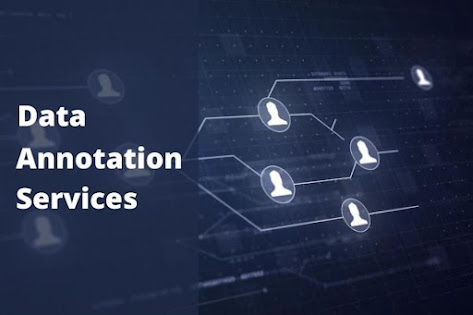Image Annotation Services: An Overview and Their Importance
In today's digitally driven world, the sheer volume of visual content being created is immense. From social media to scientific research, images play an essential role in conveying information. However, for machines to understand these images in the same way humans do, they require an added layer of information or 'annotation'. This is where image annotation services come into play.
Types of Image Annotation
Bounding Boxes: The most common form of image annotation. It involves drawing a rectangle around an object in an image to identify and locate it.
Polygon Annotation: More detailed than bounding boxes, this method uses polygons to trace the exact shape of objects.
Semantic Segmentation: This provides a pixel-wise annotation of an image. Every pixel is classified as belonging to a particular category or object.
Landmark Annotation: Used mostly in facial recognition systems, it involves marking specific points on an image.
Line Annotation: Used to trace linear objects in an image, such as roads or pipelines.
Choosing the Right Image Annotation Service
Accuracy: Ensure that the service maintains high accuracy standards. Inaccurate annotations can mislead machine learning models.
Scalability: Choose a service that can handle your volume of images, whether it's a few hundred or several million.
Customizability: Different projects may have unique requirements. A good service should be flexible enough to cater to your specific needs.
Security: If you're working with sensitive or confidential images, ensure that the service follows stringent data protection protocols.
Cost: While cost is always a consideration, remember that you often get what you pay for. A cheaper service may cut corners, resulting in less accurate annotations.
The Future of Image Annotation Services
With the ongoing advancements in AI and machine learning, the demand for image annotation services is expected to rise even further. The advent of augmented reality (AR) and virtual reality (VR) technologies, which rely heavily on computer vision, further underscores the importance of high-quality annotated data.
Moreover, as machine learning models become more sophisticated, there's a growing need for more granular and complex annotations. This will push service providers to develop more advanced tools and techniques.
Integration of Automation and Human Expertise
While automation and machine learning are gradually being incorporated into the annotation process, human expertise remains irreplaceable. Automated systems can pre-annotate images, highlighting objects or areas of interest, but human annotators refine and validate these automated annotations. This dual approach ensures speed without compromising accuracy.
Crowdsourcing: A New Paradigm
Crowdsourcing platforms, like Amazon Mechanical Turk, have emerged as popular platforms for image annotation. By tapping into a global pool of contributors, these platforms can process large datasets at relatively low costs. However, the challenge lies in ensuring the quality of annotations. To address this, many organizations combine crowdsourced annotations with expert validation.
Domain-Specific Annotation Services
As industries realize the potential of AI, domain-specific image annotation services have emerged. For instance:
Medical Image Annotation: Precise annotations are crucial for medical images, as these datasets train models that assist in diagnostics. Annotators often need expertise in medical imaging to ensure accuracy.
Geospatial Image Annotation: Satellite and aerial images are annotated to assist in urban planning, disaster response, and environmental monitoring.
Agricultural Image Annotation: Drones capture farm images, which are then annotated to monitor crop health, pest infestations, and irrigation issues.
Ethical and Privacy Concerns
The growth of image annotation services has brought ethical concerns to the forefront. Especially in areas like facial recognition, where inaccurately annotated datasets can introduce bias into AI models. Organizations must ensure that datasets are diverse and representative to avoid biases.
Furthermore, privacy concerns arise when annotating images containing personal information. GDPR in Europe and CCPA in California, USA, have set guidelines for data privacy, making it essential for annotation services to ensure compliance.
Quality Assurance in Annotation
Quality assurance is an indispensable part of the image annotation pipeline. Services often adopt a multi-tier validation system where annotations are checked and re-checked by senior annotators or domain experts. Some services incorporate inter-annotator agreement metrics, where multiple annotators label the same image, ensuring consistency and accuracy.
Challenges and The Road Ahead
While the demand for image annotation grows, the industry faces challenges. High-quality annotations require time and expertise, making it a resource-intensive task. The balance between automation and human touch, cost and quality, speed and accuracy will be the industry's focus in the coming years.
Emerging technologies like Generative Adversarial Networks (GANs) may further refine the annotation process, making it more efficient. Annotation tools are also becoming more sophisticated, integrating AI assistance and 3D annotation capabilities.





Comments
Post a Comment